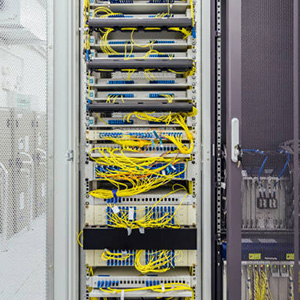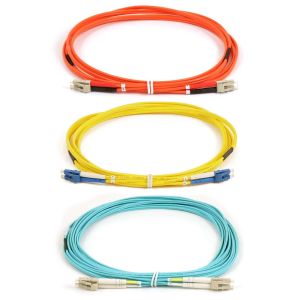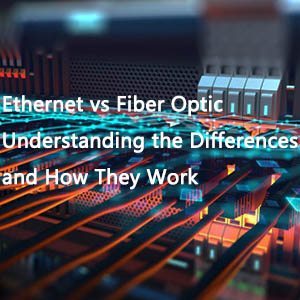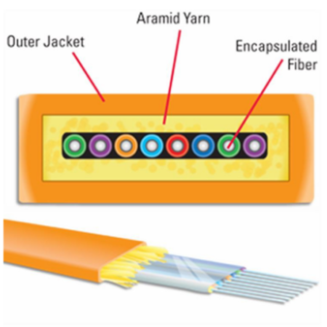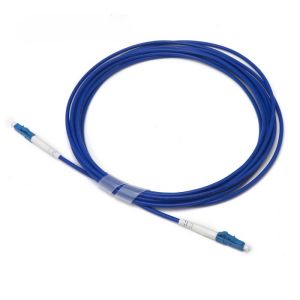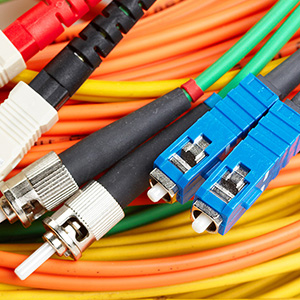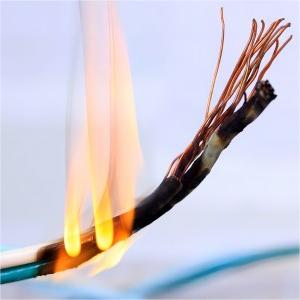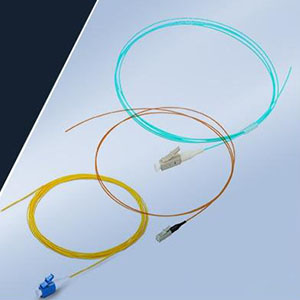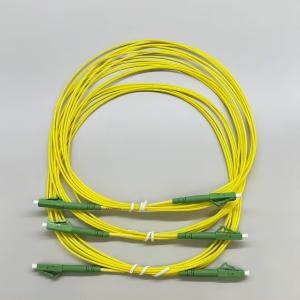Fiber pigtails are indispensable components in fiber optic communication networks, designed to connect optical fibers to various equipment. Comprising a short length of optical fiber with a connector on one end and a bare fiber on the other, they facilitate fusion splicing with another fiber optic cable. This straightforward design plays a crucial role in ensuring smooth and efficient connections in telecommunication systems, data centers, and network setups.
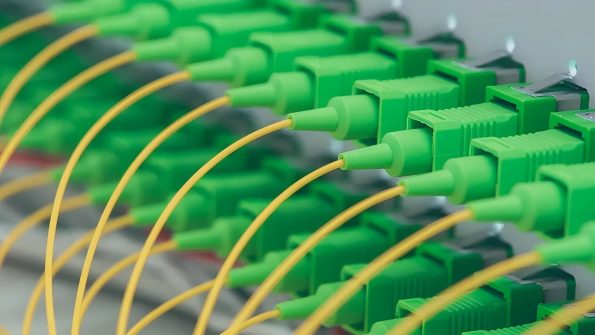
Key Features of Fiber Pigtails
Fiber pigtails are renowned for their durability, flexibility, and ease of installation. Typically manufactured with high-quality materials, they ensure low insertion loss and high return loss, which is vital for maintaining signal quality in optical networks. Connector types, such as LC, SC, FC, or ST, cater to diverse connection needs. These pigtails are also available in single-mode and multimode versions to meet different transmission distances and network requirements.
Application of Fiber Pigtails in Networking
Fiber pigtails are extensively used in fiber optic patch panels, enclosures, and distribution boxes. Their primary function is to connect fiber optic cables to various network components, such as switches, routers, and optical transceivers. They are particularly useful in environments where permanent splicing is required to ensure a secure and reliable connection. The versatility of fiber pigtails makes them suitable for a wide range of applications, including telecommunication networks, FTTx installations, and CATV networks.
Multi-Fiber Pigtails: The Ideal Choice for High-Density Applications
Multi-fiber pigtails consist of multiple optical fibers bundled together, typically 4, 6, 12, or more fibers, each terminated with a connector. These are ideal for high-density environments where space-saving is a priority, such as in data centers or large-scale communication hubs. The advantage of multi-fiber pigtails is that they allow for multiple connections at once, reducing the time and effort required for installation and splicing.
Their compact size and ability to handle multiple connections make them a preferred choice in environments that demand efficiency and high performance. By using multi-fiber pigtails, technicians can easily manage multiple fibers while minimizing the risk of damage to the cables during installation.
Simplex Fiber Pigtails: The Ideal Choice for Simpler, More Direct Connections
Simplex fiber pigtails are single-fiber cables terminated with a connector on one end, while the other end is ready for splicing. These are the most common type of fiber pigtails used in standard optical networks. Simplex pigtails are ideal for applications that require straightforward, point-to-point connections, such as in smaller networks or individual fiber connections within a larger network.
Simplex pigtails are widely used for their simplicity and cost-effectiveness. They are particularly suited for use in telecom networks, optical distribution frames, and testing equipment. As they involve only one fiber, they are easy to handle and install, making them perfect for environments where fewer connections are needed.
How to Choose the Right Fiber Pigtail?
When selecting a fiber pigtail, several factors should be considered, including the type of network, transmission distance, and the specific connectors required. For high-density environments, multi-fiber pigtails are recommended, while simplex pigtails work best for smaller, less complex networks. Additionally, choosing the right connector type is essential to ensure compatibility with existing network equipment.
The choice between single-mode or multimode pigtails is also crucial, depending on the network’s transmission distance and data rate requirements. Single-mode pigtails are better for long-distance transmission, while multimode pigtails are suitable for shorter distances.
Conclusion
Fiber Pigtails play a vital role in modern optical networks, providing a reliable and efficient way to connect optical fibers to network devices. Whether using multi-fiber pigtails for high-density installations or simplex fiber pigtails for simpler connections, these components are indispensable for ensuring optimal performance in various networking environments. Understanding the different types of fiber pigtails and their applications can help network designers and technicians make informed choices for their specific needs.

